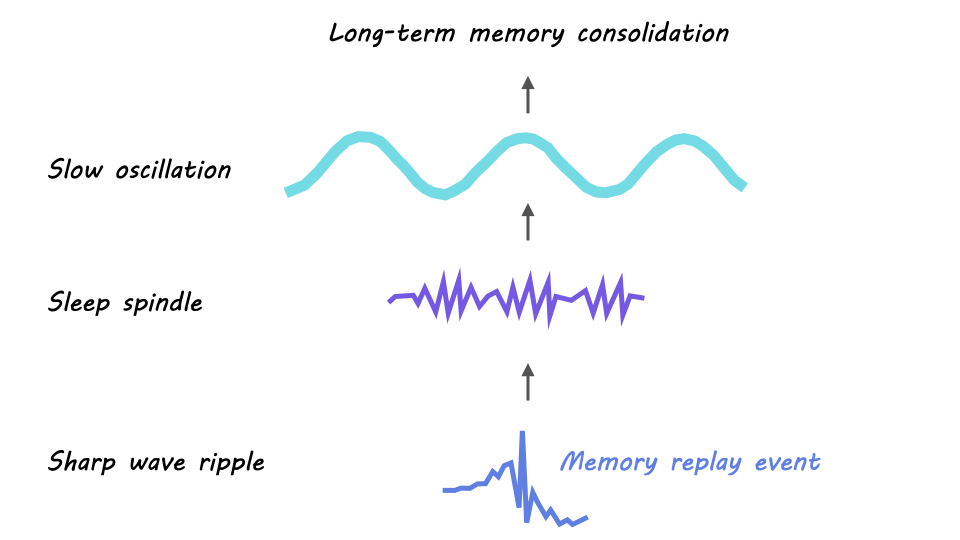How Does the Hippocampus Preserve Memory for Time?
Post by Baldomero B. Ramirez Cantu
The takeaway
The re-expression of hippocampal area CA1 and entorhinal cortex activity supports memory for time, particularly for long timescales. The activity in these two regions is predictive of temporal memory integrity.
What's the science?
Episodic memory refers to the ability to recall specific events, experiences, or episodes from one's past, involving the recollection of these events in a specific temporal context. It allows individuals to remember the content of past experiences and also when those events occurred (e.g., last week, last month, or last night). While the concept of episodic memory is well-defined, identifying the underlying neurobiological mechanisms responsible for appropriately recalling the temporal context of memories is still an area of active research. This week in Nature Communications, Zou et al. published a study that delves into the role of regions in the medial temporal lobe (MTL) in the recall of temporal memory context. Their findings shed light on how specific brain areas contribute to this crucial aspect of episodic memory.
How did they do it?
In this study, Zou and colleagues conducted a human functional magnetic resonance imaging (fMRI) experiment to explore the neurobiological basis of temporal memory precision. The experiment involved presenting participants with a vast number of natural scene images multiple times over 30-40 scan sessions spanning an 8-10 month period. Following the scanning sessions, the participants engaged in a temporal memory task, where they were asked to estimate the original encounter time for a subset of the previously presented images, using a scale ranging from days to months in the past.
These analyses were used to investigate whether the accuracy of temporal memory retrieval could be predicted based on the re-expression of neural activity patterns observed during the initial encounter with the images. The researchers hypothesized that the reinstatement of neural activity patterns, indicative of context reinstatement, might play a role in preserving temporally precise memories.
To achieve high-resolution imaging, the researchers employed ultra-high field strength (7 Tesla) and a spatial resolution of 1.8mm. This allowed them to specifically interrogate subregions of the hippocampus, including CA1, and surrounding MTL structures, such as the entorhinal cortex (ERC). These brain regions are known to be critical for memory processing.
What did they find?
Participants showed a high level of accuracy in recalling the temporal context of each image, highlighting the impressive nature of their temporal memory performance.
The authors found that greater activity pattern similarity in specific MTL regions (CA1 and ERC) across repeated exposures is associated with higher temporal memory precision. These findings support the idea of context reinstatement as a mechanism underlying the accurate recall of when events occurred in memory. Additionally, the results indicate that these effects are specific to temporal memory and not driven by general recognition confidence or overall memory strength.
The authors show that the similarity between the first and second exposures of an image is crucial for precise temporal memories. This finding supports the idea that context reinstatement during the second exposure (E2) plays a unique role in remembering when an event occurred. Furthermore, the study highlights the distinct neural processes involved in temporal and recognition memory, emphasizing the importance of initial exposure and second exposure (E1-E2) similarity for the precision of temporal memory.
What's the impact?
This study deepens our understanding of how the brain processes and retains temporally precise memories, with potential implications for memory-related research, clinical interventions, and advancements in neuroscience and cognitive science.




